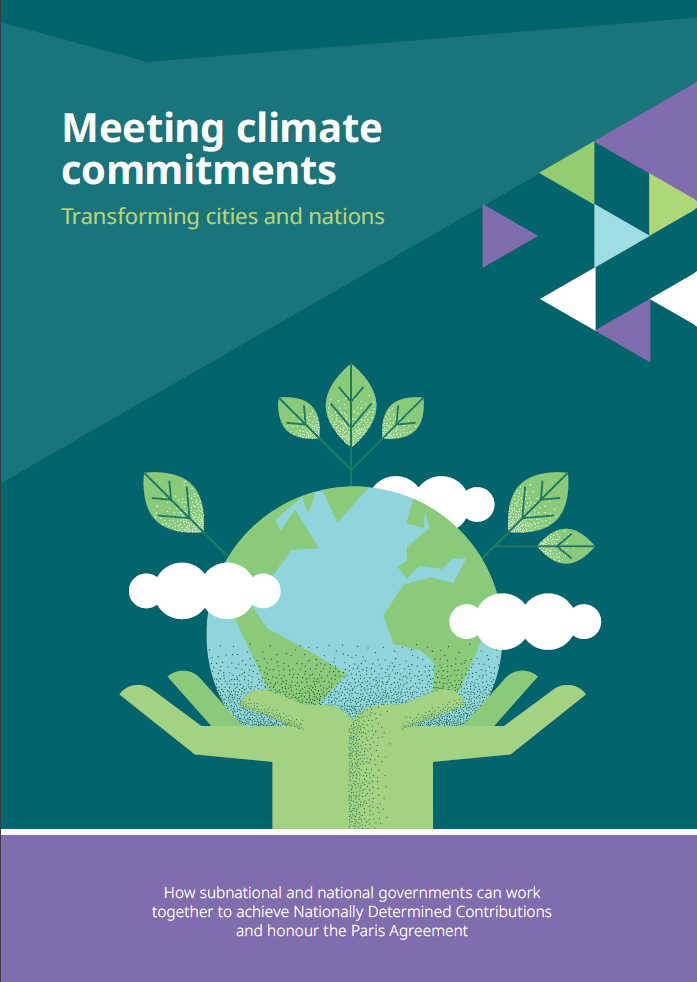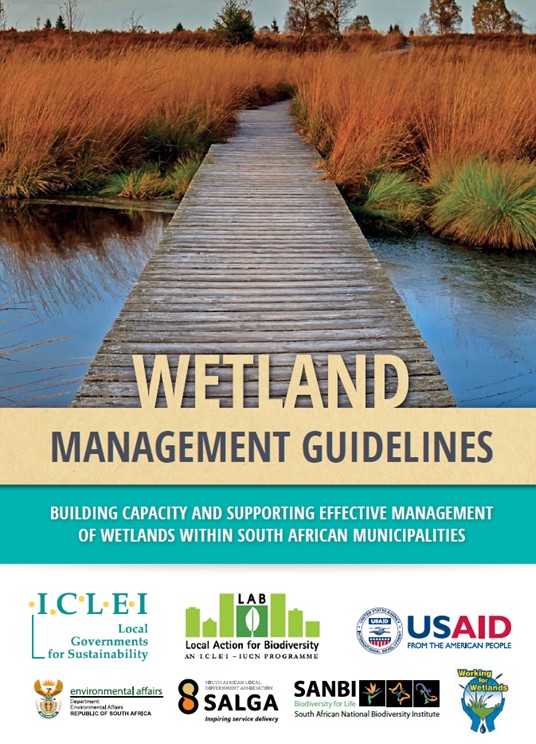Lesson 1
Human and Gender Rights-based approach
Linking UNA Resilience to Human and Gender Rights-based approach
Lorem ipsum dolor sit amet, consectetur adipiscing elit, sed do eiusmod tempor incididunt ut labore et dolore magna aliqua.
Ut enim ad minim veniam, quis nostrud exercitation ullamco laboris nisi ut aliquip ex ea commodo consequat.
Duis aute irure dolor in reprehenderit in voluptate velit esse cillum dolore eu fugiat nulla pariatur.
Excepteur sint occaecat cupidatat non proident, sunt in culpa qui officia deserunt mollit anim id est laborum.


Lesson learning objectives
- Lorem ipsum dolor sit amet, consectetur adipiscing elit, sed do eiusmod tempor incididunt ut labore et dolore magna aliqua. Ut enim ad minim veniam, quis nostrud exercitation ullamco laboris nisi ut aliquip ex ea commodo consequat.
- Duis aute irure dolor in reprehenderit in voluptate velit esse cillum dolore eu fugiat nulla pariatur.
- Excepteur sint occaecat cupidatat non proident, sunt in culpa qui officia deserunt mollit anim id est laborum.


Meet your instructor
Dr Funmi Adeniyi
Manager: Rights-Based Approaches
Funmi holds a PhD in Law (Human Rights Protection) and has more than a decade of cross-sectoral experience in the private, public and academic spaces. She is skilled in creating and coordinating projects with a human rights-based framework, geared towards policy change, implementation and prioritisation of vulnerable groups. Funmi works at ICLEI Africa as a people-centered rights-based expert on various projects.

Introductory resources for lesson 1

- Resource type
Resource title
Resource description & how it links to the lesson and UNA.
Lorem ipsum dolor sit amet, consectetur adipiscing elit, sed do eiusmod tempor incididunt ut labore et dolore magna aliqua.
Ut enim ad minim veniam, quis nostrud exercitation ullamco laboris nisi ut aliquip ex ea commodo consequat.

- Resource type
Resource title
Resource description & how it links to the lesson and UNA.
Lorem ipsum dolor sit amet, consectetur adipiscing elit, sed do eiusmod tempor incididunt ut labore et dolore magna aliqua.
Ut enim ad minim veniam, quis nostrud exercitation ullamco laboris nisi ut aliquip ex ea commodo consequat.

- Resource type
Resource title
Resource description & how it links to the lesson and UNA.
Lorem ipsum dolor sit amet, consectetur adipiscing elit, sed do eiusmod tempor incididunt ut labore et dolore magna aliqua.
Ut enim ad minim veniam, quis nostrud exercitation ullamco laboris nisi ut aliquip ex ea commodo consequat.

Your learning journey
Topic 1.1
Introducing the human-rights based approach
Lorem ipsum dolor sit amet, consectetur adipiscing elit, sed do eiusmod tempor incididunt ut labore et dolore magna aliqua.
Ut enim ad minim veniam, quis nostrud exercitation ullamco laboris nisi ut aliquip ex ea commodo consequat.
Duis aute irure dolor in reprehenderit in voluptate velit esse cillum dolore eu fugiat nulla pariatur.
Excepteur sint occaecat cupidatat non proident, sunt in culpa qui officia deserunt mollit anim id est laborum.


Topic learning objectives
- Lorem ipsum dolor sit amet, consectetur adipiscing elit, sed do eiusmod tempor incididunt ut labore et dolore magna aliqua. Ut enim ad minim veniam, quis nostrud exercitation ullamco laboris nisi ut aliquip ex ea commodo consequat.
- Duis aute irure dolor in reprehenderit in voluptate velit esse cillum dolore eu fugiat nulla pariatur.
- Excepteur sint occaecat cupidatat non proident, sunt in culpa qui officia deserunt mollit anim id est laborum.
Human Rights-Based Approaches (HRBA) in Nature and Biodiversity

Let's recap
The interplay between social, economic, and environmental factors amplifies the effects of the tripartite crisis of biodiversity loss, climate crises, and diseases. on nature, gender, and our fundamental human rights.
We are currently experiencing a period characterized by multiple crises, known as polycrisis*. Within this context, broken systems like our food systems have far-reaching consequences on climate, human well-being, and gender equality.
A reconceptualisation of our relations with nature is needed for a more just and sustainable urban future – a human rights-based approach.

*Further reading on the polycrisis
Add links here
Access to natural resources is recognized as more than just a privilege; it’s a fundamental human right for everyone. The lack of access frequently results in conflicts, underscoring the importance of prioritizing access for vulnerable populations.
It is vital to prioritize access for vulnerable groups, while also acknowledging the significant role played by various stakeholders such as women, youth, traditional, and spiritual leaders in preserving biodiversity.
Biodiversity is not merely a luxury; it is essential for the fulfilment of a broad spectrum of human rights.
The decline of biodiversity poses a significant threat to the very rights that sustain our daily lives.
Addressing urban challenges effectively requires a departure from a conventional development agenda. The Sustainable Development Goals (SDGs) are founded on the principle of interconnectedness, highlighting the direct correlation between human well-being and the health of our ecosystems.
However, historical experience has demonstrated the limitations of this approach. Instead, there is a need for an agenda that prioritizes humans and their vulnerabilities – a Human Rights-Based Approach (HRBA).

This module explores the key principles of a Human Rights-Based Approach (HRBA) to guide us toward a more sustainable and equitable future.
[DEFINITION] Lorem ipsum dolor sit amet, consectetur adipiscing elit. Ut elit tellus, luctus nec ullamcorper mattis, pulvinar dapibus leo.
[EXAMPLE] Lorem ipsum dolor sit amet, consectetur adipiscing elit, sed do eiusmod tempor incididunt ut labore et dolore magna aliqua. Ut enim ad minim veniam, quis nostrud exercitation ullamco laboris nisi ut aliquip ex ea commodo consequat. Duis aute irure dolor in reprehenderit in voluptate velit esse cillum dolore eu fugiat nulla pariatur. Excepteur sint occaecat cupidatat non proident, sunt in culpa qui officia deserunt mollit anim id est laborum.
[DEFINITION] Lorem ipsum dolor sit amet, consectetur adipiscing elit. Ut elit tellus, luctus nec ullamcorper mattis, pulvinar dapibus leo. Ut enim ad minim veniam, quis nostrud exercitation ullamco laboris nisi ut aliquip ex ea commodo consequat.
[EXAMPLE] Lorem ipsum dolor sit amet, consectetur adipiscing elit, sed do eiusmod tempor incididunt ut labore et dolore magna aliqua. Ut enim ad minim veniam, quis nostrud exercitation ullamco laboris nisi ut aliquip ex ea commodo consequat. Duis aute irure dolor in reprehenderit in voluptate velit esse cillum dolore eu fugiat nulla pariatur. Excepteur sint occaecat cupidatat non proident, sunt in culpa qui officia deserunt mollit anim id est laborum.
But how do these concepts translate into practical terms? Why is adopting a Human Rights-Based Approach (HRBA) crucial for progressing towards a fair and sustainable future?
A HRBA establishes a structured framework for obligation and accountability, engaging both duty-bearers and rights-holders.
The State, acting through its organs and functionaries, holds the primary responsibility as the duty-bearer for ensuring the realization of all rights, including the right to a healthy, clean, and sustainable environment. Legislative and policy measures, legal frameworks, and international principles serve as guides for the government in fulfilling this responsibility.
States have a duty to ensure that their environmental actions do not result in discrimination, either directly or indirectly.
States must consider: Who is typically marginalized or left behind? and to prioritize these groups in their interventions.


Definitions
[DEFINITION] Lorem ipsum dolor sit amet, consectetur adipiscing elit. Ut elit tellus, luctus nec ullamcorper mattis, pulvinar dapibus leo. Ut enim ad minim veniam, quis nostrud exercitation ullamco laboris nisi ut aliquip ex ea commodo consequat.
[DEFINITION] Lorem ipsum dolor sit amet, consectetur adipiscing elit. Ut elit tellus, luctus nec ullamcorper mattis, pulvinar dapibus leo. Ut enim ad minim veniam, quis nostrud exercitation ullamco laboris nisi ut aliquip ex ea commodo consequat.

Further reading

- GUIDELINE
GUIDELINES FOR MAINSTREAMING HUMAN AND FUNDAMENTAL RIGHTS
Resource description & how it links to the lesson and UNA

- Handbook
APPLYING A HUMAN RIGHTS-BASED APPROACH TO DEVELOPMENT AND HUMANITARIAN PROGRAMMING.
Resource description & how it links to the lesson and UNA

A Human Rights-Based Approach (HRBA) establishes a structured framework for responsibility, accountability and obligation, engaging both duty-bearers responsible for fulfilling obligations and rights-holders entitled to fulfilled universal rights. Together, we can build a future where humans and nature thrive in harmony.